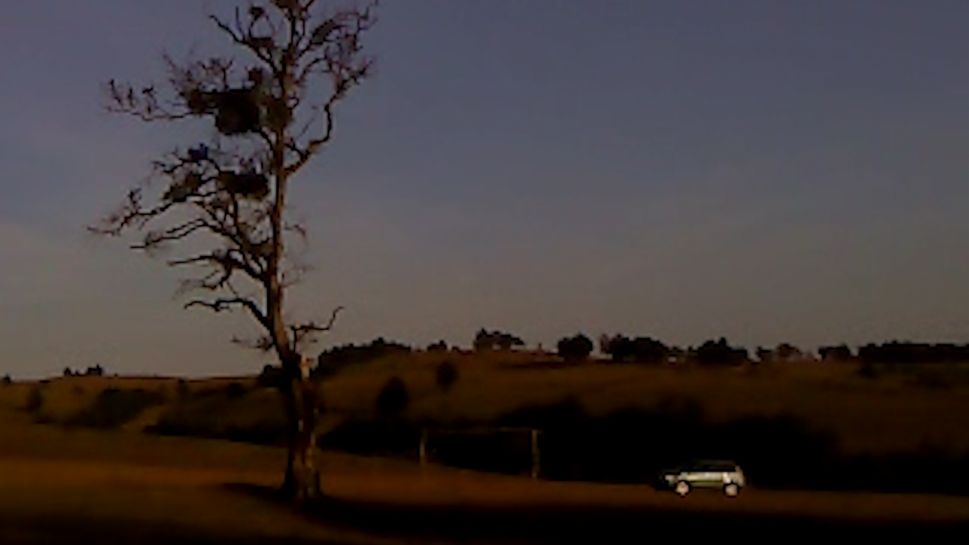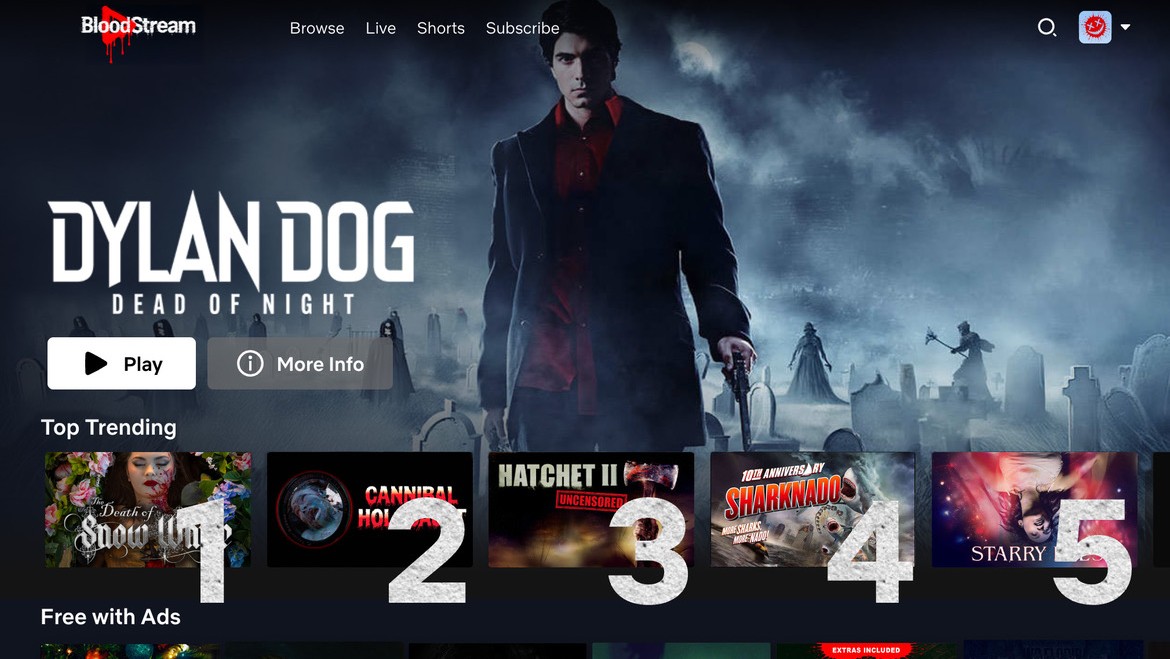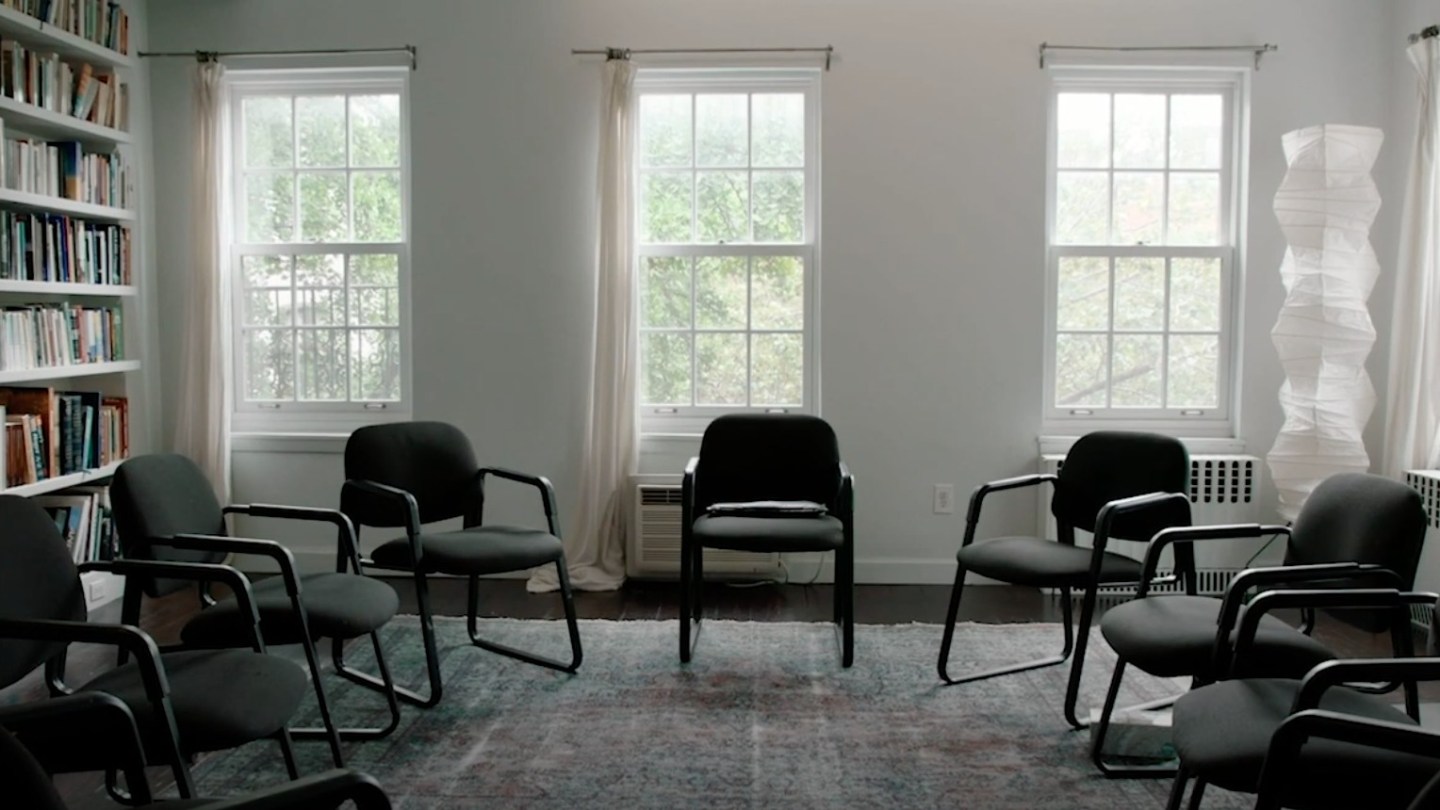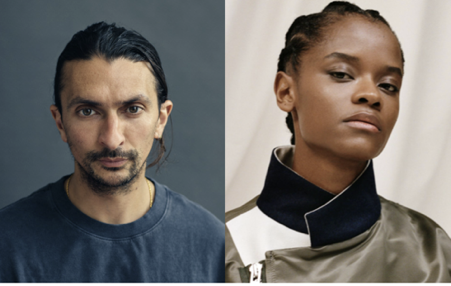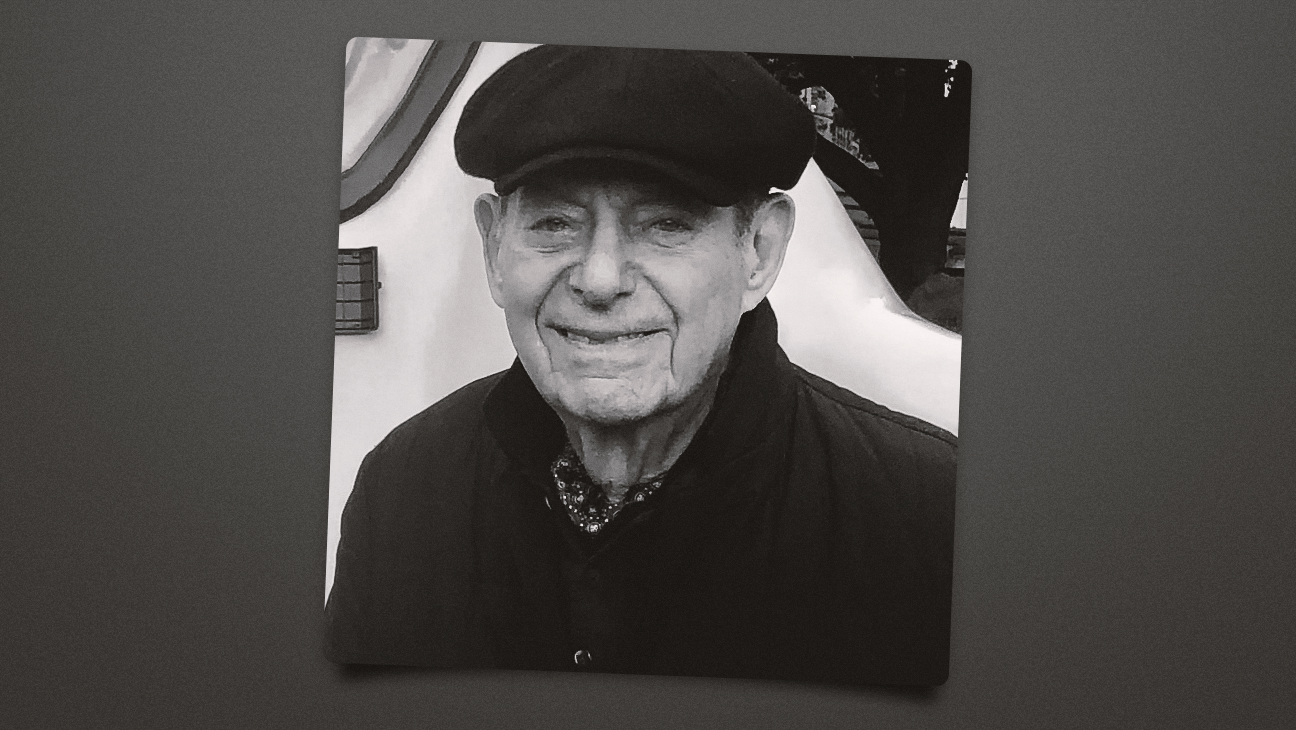Georgian writer-director Alexandre Koberidze (What Do We See When We Look at the Sky?) shot his latest feature film, Dry Leaf, on an old Sony Ericsson phone, with his father, David, as the star, and music and sound courtesy of Alexandre’s brother Giorgi.
The movie follows Irakli, “a father searching for his daughter Lisa, a sports photographer who vanishes while documenting soccer stadiums in rural Georgia,” explains a synopsis. “True to Koberidze’s (What Do We See When We Look at the Sky?) style, this is less a thriller than it is a contemplative pilgrimage, each scene illuminated by poetic encounters.”
Shot entirely on a Sony Ericsson mobile phone, the images are often colorful but hazy, transporting the audience to another time and place.
The film has been described as an exploration of fate and serendipity. And just like What Do We See, it touches on soccer. The title Dry Leaf is a reference to a shooting technique in soccer, invented by Brazilian legend Didi and still being used by the likes of Cristiano Ronald, in which the ball is kicked with no or little spin, which causes it to take an unpredictable path.
The movie world premiered at Locarno, where it earned a special mention on awards night. It just screened at the 69th edition of the BFI London Film Festival (LFF).
Koberidze talked to THR about his choice to use a mobile phone camera to film Dry Leaf, his brother’s sound and music work, why some characters in the movie are invisible, and the Pet Shop Boys-inspired film that is next for him.
I am so curious to hear about the phone you used to shoot Dry Leaf and why you picked it?
It’s made with a Sony Ericsson phone, which I first bought in 2008. It’s a pre-smartphone, so there are no lenses or so. Also, color-wise, this phone doesn’t give you many possibilities. You can choose more blue or more red, like warm or cold, and mostly, I went for warm. I bought the same model in 2008 to listen to music. But then I discovered that it also takes pictures and videos, and I really got obsessed with taking pictures with it for many years. In 2014, I started to film my first feature with it, which was released in 2017.
After that, I had the feeling that it was enough for some time. So I took this break, and my next film I made on a more usual format. But I really started to miss this way of working with a phone, when you can work alone. It was quite a shock when, after eight years of taking pictures where you see half of the information, to have this quality jump.
So you went back to the phone? What was the challenge in working with the higher-quality camera for you?
It was a big challenge for me, for example, because of the framing. Inside the frame, it’s also always about how to hide some stuff and how not to show everything. There are so many tools, with light or composition, to make everything 100 percent clear with high-definition cameras and so on. But the Sony Ericsson shows you a really small part of reality, so you think about other things hidden because of the format.
You said at Locarno that the production plans for Dry Leaf changed as you went along, which is in line with the theme of unpredictability of life. Can you share a bit about the journey that led to the film?
When I started to think about this film, one of the first ideas was to make a road movie. And I thought it would be good to have a reason why someone takes this journey, but also have reasons why we go to certain places. And then I just remembered these football [meaning: soccer] fields, sometimes you can’t even call them fields, but places. Every village has a place where young people and kids gather to have fun, and mostly, if there is a ball, the kids play football. I was always fascinated by how this is really a community thing, which brings kids together. But in some villages, everyone left, and only some old people are still living there, because younger people go to the city to work.
With the fields and stadiums, it was not my decision from the beginning to have them shown mostly empty. But there are places where you have to come at a certain time to see people there. But that’s how it developed, and I was also getting more and more bothered by bothering these people. I was getting more and more uncomfortable with that idea I had had in the beginning. So every time we had an empty place, I was okay to film it that way, even though in the beginning I thought maybe we should wait for some people to come and say, “I want to film you.”
So, in the end, I was working very intuitively. In the beginning, I had a very clear and strict script, but we didn’t really follow it in the end. It really fascinated me, this idea of going in and just trying to see what [happens] without controlling so much. In the beginning, that was not so easy for me, so I needed some time to learn to understand how to handle this.
Why are there some invisible or “ghost” characters in Dry Leaf?
I had a small exercise in film school with this kind of invisible character and then forgot about it. Shortly before making this film, I remembered it. What really fascinates me is the doubts when you create something. Is it right? Does it work? So, I always try to have at least a few elements of doubt. Thinking about these invisible characters is really joyful for me. It’s an interesting thing to think about. You have to understand how to film invisible, transparent people. It’s a challenge, which makes me curious, and you have to come up with new ideas because it’s different from what I’m used to doing with film. This is one of those things that really helped push me through the whole film.
And now, thinking about a future film, I want to go back to it, because I’m not really done with this challenge. But the invisible characters also really helped me, because, as I said, I was getting more and more uncomfortable going to villages and asking people to do stuff. So, these invisible people were getting more and more space in the film, the more uncomfortable I was getting to ask and bother people.
The invisible characters also meant that you had to record studio audio for them later…
When I knew that we would use these invisible characters, especially when the main character sometimes goes to an empty table and has a conversation with someone you can’t see, it was clear we would add the voices later. But when I started to edit, it became clear that every landscape that I filmed, even an empty image, can also be inhabited by people. That opened the question of the sound design? Should we perfectly put sound into the image or should we stay on a simpler layer? And I thought this is maybe for a future film – really making sound design for every character, when they really sound as they are in the image, and we hear their clothes and steps.
You recently announced a film as your next project, though, a romantic detective mystery that is set in France and Georgia and follows two women. And it is inspired by sound, or music. Can you talk about that a bit?
It’s called Bilingual, and it’s a film inspired by a 1996 album [of the same name] by the Pet Shop Boys. I’ve been thinking about it for 20 years, really. It was one of the first albums I bought as a kid, and since then, I have loved it. I always had this idea to make a film with this music, but also not just with it. There will be music in the film, but more inspired by the mood of this music, which is, on one hand, very disco, happy music. But if you listen to it a lot, it’s very sad. It has this double character, which I really like.
The film is also in two parts, inspired by the Bilingual title. So, it has two stories, more or less, which we connect a lot with music, but which are made in different ways. It’s with a bigger team and two cinematographers.
The sound and music in Dry Leaf is from your brother, who worked with you on a film before. Can you talk about that collaboration a bit?
He makes music, and we work well together. He was working on an album when we decided that he would make the music for the film. He also recorded the whole sound. So he was almost always there when we were traveling. But besides the film, he was working on his album, which was also released in July. And I think this album and the film got very connected because they were happening at the same time. And I started to use some parts of this album for the music. It’s really a mix – maybe 70 percent is from this album, which he was making for himself, and maybe 30 percent he composed only for the film.
Why did you choose the title Dry Leaf?
It was a name created by someone with a very poetic mind in Brazil for a kick in football, which was a beautiful decision back in the ’50s. Because when you watch it, it really reminds you of how leaves are falling.
When we were working on the film, I really had the feeling that we were in the same situation, because every day, we never knew where we would go. So, we were always dependent on circumstances. And it is exactly the same with Dry Leaf.

